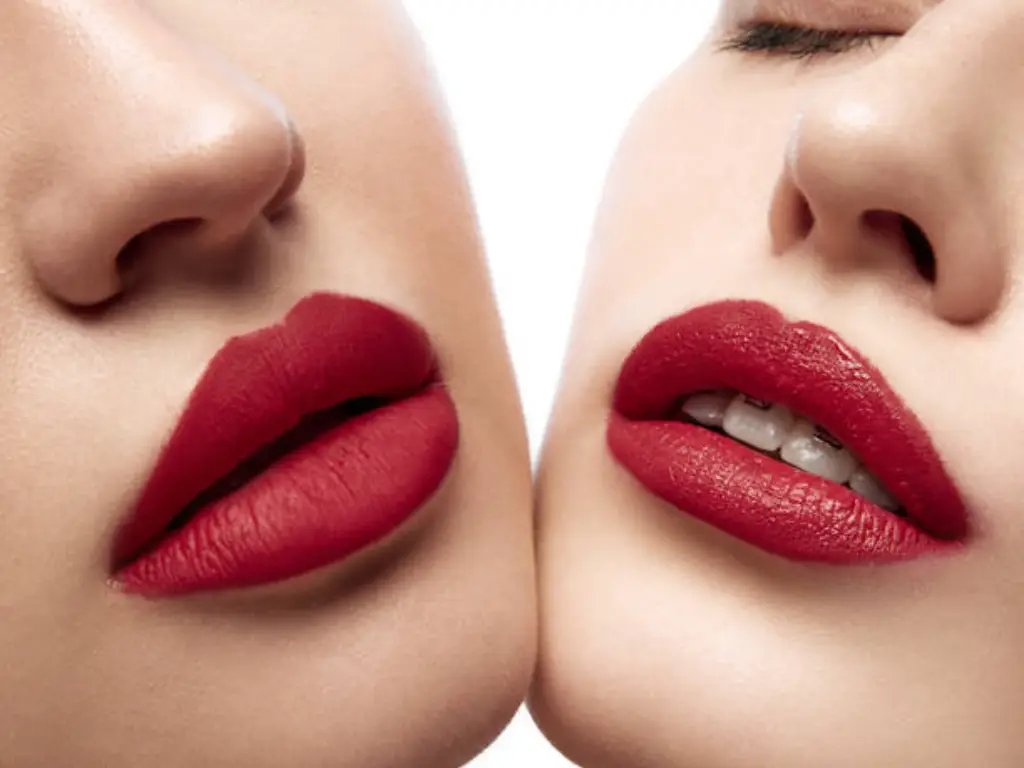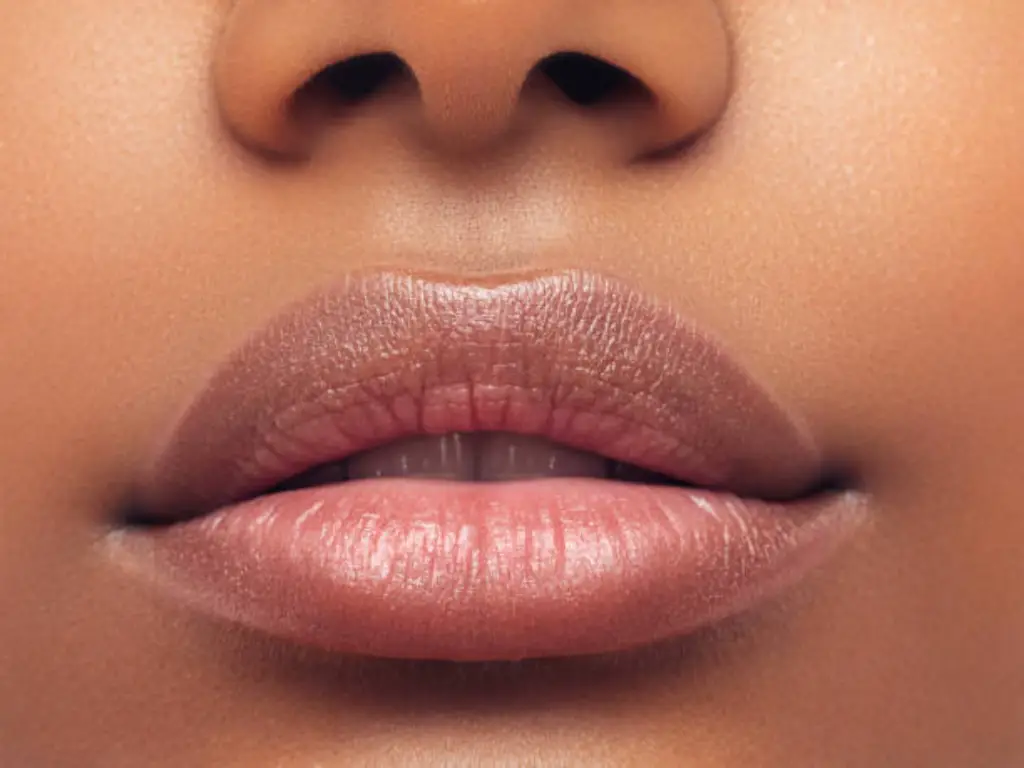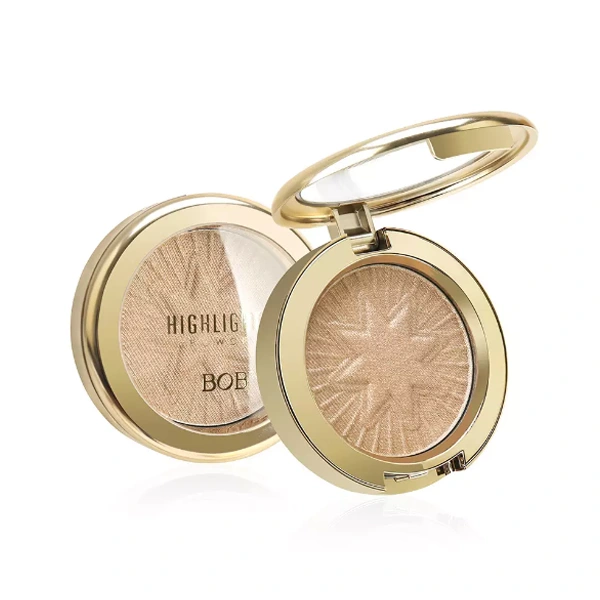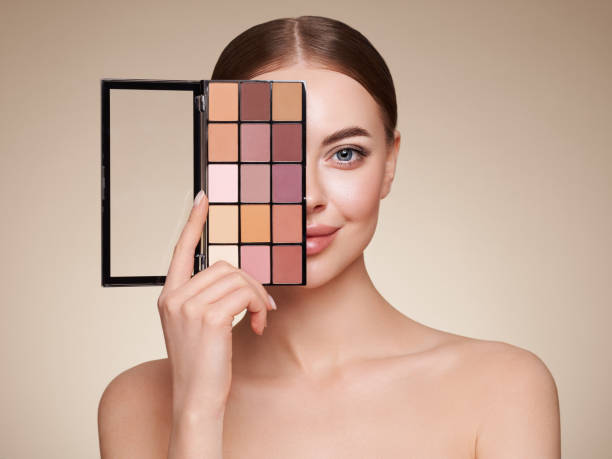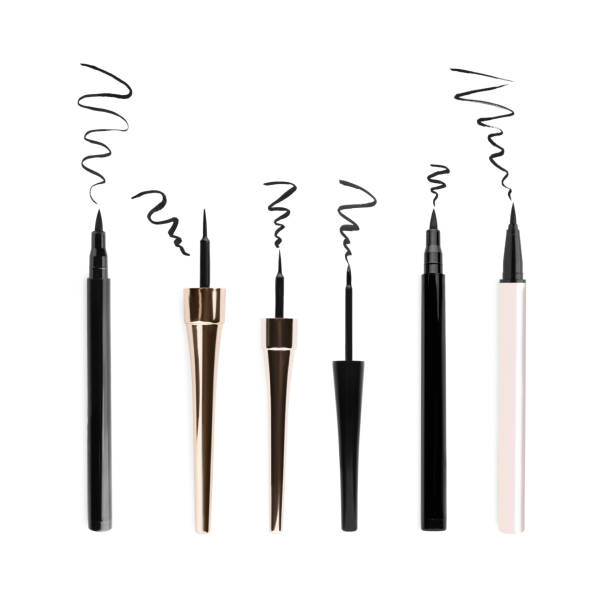The allure of the cosmetics industry is undeniable. From glossy magazines to influential beauty bloggers, the spotlight is always on the latest and greatest in skincare and makeup. For entrepreneurs, starting a private label cosmetics business represents a promising opportunity to tap into this ever-growing market. Yet, like any business endeavor, it requires meticulous planning and strategic execution. Let’s delve into the essential steps to starting a successful private label cosmetics business.
Step #1: Market Research

Embarking on any business journey begins with comprehensive market research. In the cosmetics industry, understanding market trends, consumer preferences, and competitive landscapes is paramount. Identify gaps in the market where your brand can thrive. Pay attention to emerging trends like vegan and cruelty-free products, eco-friendly packaging, or organic ingredients. Analyzing your competitors can also reveal what works and what doesn’t, providing invaluable insights.
Delve into customer demographics. Who is your ideal customer? What are their pain points, and how can your products address them? Utilize surveys, focus groups, and social media listening tools to gather data. The more granular your research, the better equipped you will be to carve out a unique space in the market.
Step #2: Creating a Business Plan
A well-crafted business plan is your roadmap to success. It outlines your business goals, strategies, and the path you will take to achieve them. Start with an executive summary that captures the essence of your vision. Detail your market analysis, showcasing your understanding of the industry and target market.
Define your organizational structure. Who will be part of your team, and what roles will they play? Financial projections are crucial; estimate your startup costs, revenue forecasts, and break-even analysis. Include a marketing strategy that highlights how you plan to attract and retain customers. A robust business plan not only guides your efforts but is also essential if you seek investment.
Step #3: Choose Your Niche
Choosing a niche is about finding a sweet spot where your passion meets market demand. In the vast expanse of the cosmetics industry, focusing on a specific niche allows you to tailor your products and marketing efforts more effectively. Your niche could be anything from organic skincare products to makeup for sensitive skin.
Research your chosen niche thoroughly. Understand the unique needs and preferences of your target audience within this segment. Create cosmetic products that cater to these specific needs, offering solutions that existing brands may overlook. A well-defined niche helps you build a loyal customer base and stand out in a crowded market.
Step #4: Cooperate with Private Label Makeup Manufacturers
Partnering with a reputable private label cosmetics manufacturer is critical to your business’s success. This collaboration can significantly impact the quality, pricing, and timeline of your product development. Here’s how to navigate this crucial step.
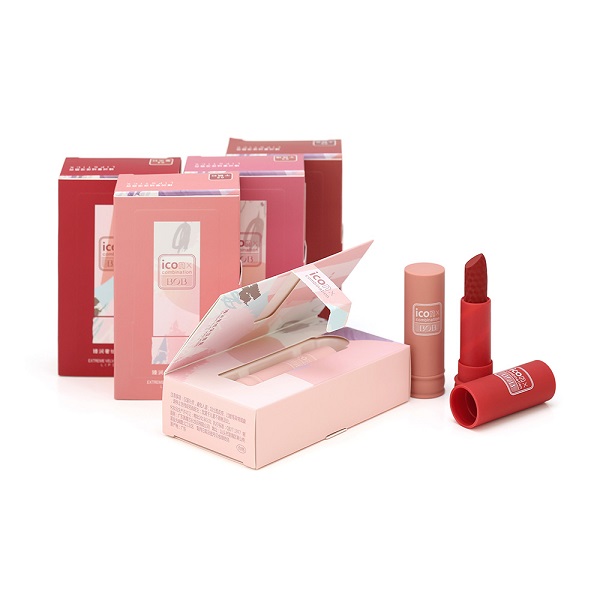
1. Research and Find a Reliable Manufacturer
Begin by compiling a list of potential private label cosmetics suppliers and manufacturers. Look for those with a strong reputation, positive reviews, and a portfolio that aligns with your product vision. Attend trade shows, industry events, and scour online platforms to find credible partners. Vet each manufacturer carefully, ensuring they meet regulatory standards and quality control measures.
2. Choosing the Right Product Categories
Decide on the specific product categories you want to offer. Do you want to start with skincare, makeup, or both? Consider the latest trends and demands. For instance, if anti-aging products are in high demand, you might focus on serums and creams that cater to this market. Your chosen private lable makeup manufacturer should have expertise in producing these types of products.
3. Developing a Memorable Brand Identity
Your brand identity is the soul of your business. It’s what sets you apart and connects with your customers on an emotional level. Develop a brand story that resonates with your target audience. What values does your brand stand for? How do you want customers to feel when they use your products? This identity should be reflected in everything from your logo to your packaging and marketing materials.
4. Designing Eye-catching Packaging
Packaging is not just about aesthetics; it’s a powerful marketing tool. Your packaging should be visually appealing and convey your brand’s message effectively. Work with manufacturer‘s designers to create packaging that stands out on the shelves and resonates with your target audience. Consider sustainable packaging options as consumers increasingly favor eco-friendly products.
5. Review Sample Details
Once you have your manufacturer and product categories, it’s time to review samples. Testing samples is crucial to ensure the products meet your quality standards and align with your brand’s identity. Pay attention to texture, scent, packaging, and performance. Provide detailed feedback to your manufacturer to make necessary adjustments.
6. Receive Bulk Branded Beauty Products
After finalizing the samples, you can proceed with bulk orders. Ensure you have clear agreements in place regarding delivery timelines, quality assurance, and payment terms. Receiving your first batch of products is a significant milestone, marking the transition from planning to execution.
Step #5: Obtain Necessary Permits and Licenses
Navigating the legal landscape is a critical step in establishing your cosmetics business. Different regions have varying regulations governing the cosmetics industry. Research the specific permits and licenses required in your area. This may include FDA approval for certain products, Good Manufacturing Practice (GMP) certification, and compliance with local and international cosmetic regulations.
Consult with legal experts to ensure you meet all regulatory requirements. Proper documentation and adherence to legal standards protect your business from potential fines and legal issues, ensuring a smooth operational flow.
Step #6: Marketing and Sales Strategies
Marketing is the lifeblood of your business. It’s how you introduce your brand to the world and attract customers. Develop a multi-faceted marketing strategy that includes digital marketing, social media, influencer partnerships, and traditional advertising.
Create a strong online presence. A professional website with e-commerce capabilities is essential. Utilize social media platforms to engage with your audience, showcase your products, and share user-generated content. Collaborate with beauty influencers who can authentically promote your products to their followers. Additionally, consider email marketing campaigns to keep your audience informed about new products, promotions, and company news.
Step #7: E-commerce and Retailing
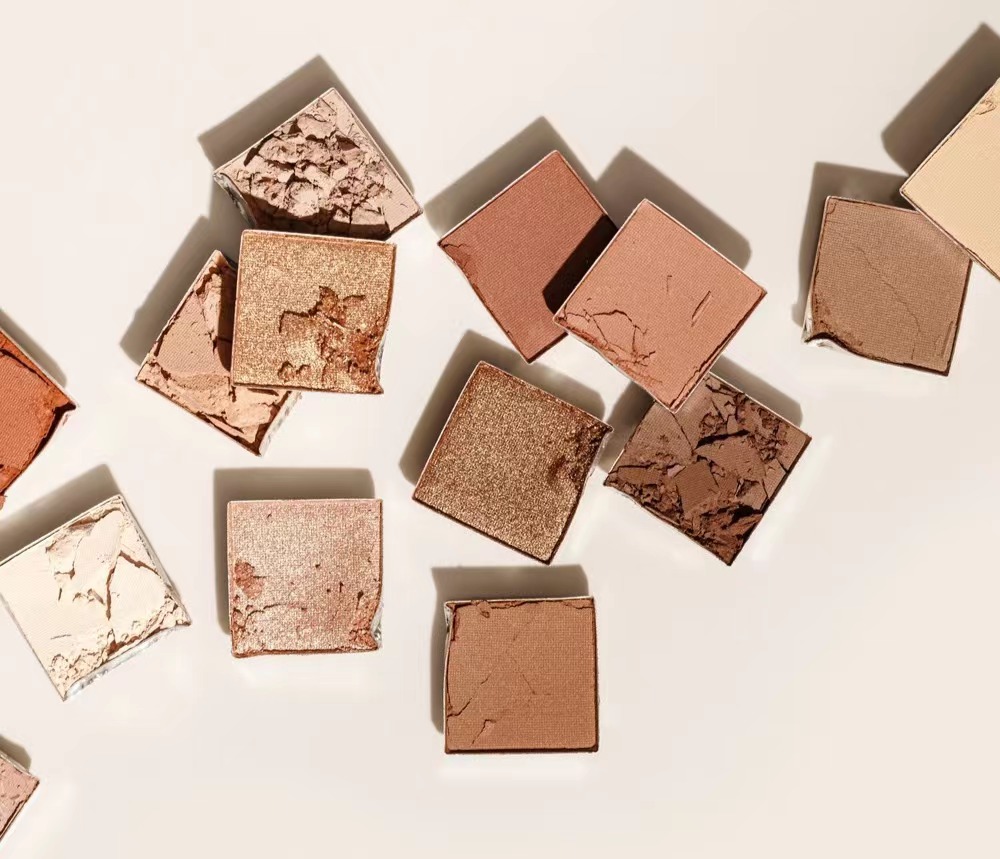
The cosmetics market thrives online and offline. Establishing a strong e-commerce presence is vital, but so is exploring retail opportunities. Partner with local boutiques, salons, and major retailers to increase your brand’s visibility. Each channel offers unique benefits and reaching customers through multiple avenues can significantly boost your sales.
Ensure your e-commerce platform is user-friendly, secure, and optimized for mobile devices. Offer excellent customer service, fast shipping, and hassle-free returns to build trust and loyalty among your customers. Keep track of your inventory and sales data to manage supply chain effectively.
Step #8: Monitor and Adjust
The journey doesn’t end once your products hit the market. Continuous monitoring and adjustment are crucial to long-term success. Use analytics tools to track sales, customer feedback, and market trends. Stay responsive to your customers’ needs and preferences, making necessary adjustments to your products and strategies.
Regularly review your business plan and marketing strategies. What’s working well? What needs improvement? Be flexible and open to change, as the beauty industry is dynamic and constantly evolving. Continuous innovation and adaptation keep your brand relevant and competitive.
How Much Does It Cost to Start a Cosmetic Business?
Costs can vary widely depending on factors like product range, packaging, marketing, and distribution. Initial expenses typically include product development, manufacturing, branding, marketing, and legal compliance.
A rough estimate for starting a private label cosmetics business can range from $10,000 to $50,000. This includes costs for market research, product formulation, packaging design, marketing campaigns, and obtaining necessary licenses. Additionally, maintaining a budget for ongoing expenses such as inventory replenishment, marketing, and operational costs is crucial.
Invest wisely in areas that directly impact your brand’s quality and customer experience. High-quality products and compelling branding can justify higher prices and foster customer loyalty, ultimately contributing to your business’s profitability and growth.
Conclusion
Starting a private label cosmetics business is an exhilarating venture filled with creativity, strategic planning, and meticulous execution. By following these steps to how to start a cosmetic business with, you can transform your vision into a thriving brand. From in-depth market research to developing a unique brand identity and navigating legal requirements, each step plays a vital role in your journey. With passion, dedication, and a strategic approach, your private label cosmetics business can flourish, captivating customers and making a significant impact in the beauty world.


